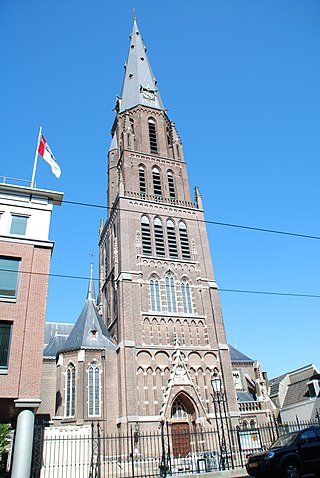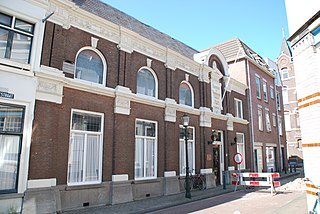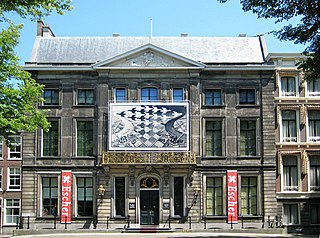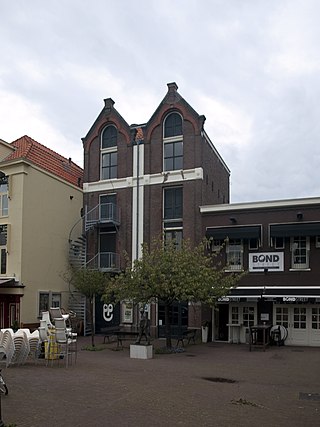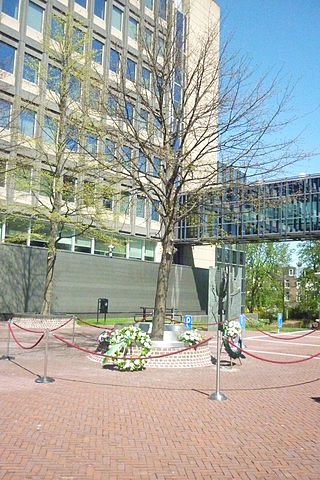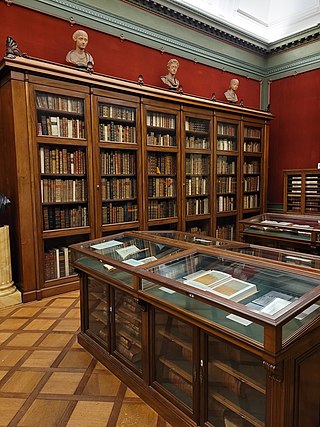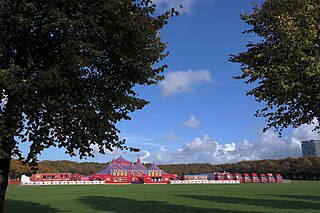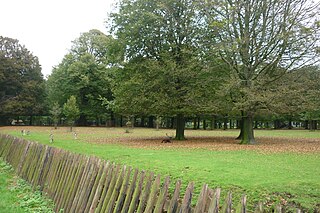Self-guided Sightseeing Tour #6 in The Hague, Netherlands
Legend
Guided Free Walking Tours
Book free guided walking tours in The Hague.
Guided Sightseeing Tours
Book guided sightseeing tours and activities in The Hague.
Tour Facts
3.2 km
64 m
Experience The Hague in Netherlands in a whole new way with our free self-guided sightseeing tour. This site not only offers you practical information and insider tips, but also a rich variety of activities and sights you shouldn't miss. Whether you love art and culture, want to explore historical sites or simply want to experience the vibrant atmosphere of a lively city - you'll find everything you need for your personal adventure here.
Activities in The HagueIndividual Sights in The HagueSight 1: Sint-Jacobus de Meerderekerk
The Sint-Jacobus de Meerderekerk is a Roman Catholic church on the Parkstraat in the center of The Hague. The church building and the religious community are part of the parish Maria Star of the Sea.
Sight 2: Sociëteit De Vereeniging
Sociëteit De Vereeniging in The Hague is a gentlemen's society that was founded on April 30, 1851.
Sight 3: Escher in Het Paleis
Get Ticket*Escher in Het Paleis is a museum in The Hague, Netherlands, featuring the works of the Dutch graphical artist M. C. Escher. It is housed in the Lange Voorhout Palace since November 2002.
Sight 4: Theater PePijn
PePijn is a theatre in The Hague that focuses on cabaret, stand-up comedy and cabaret.
Sight 5: Bosje van Repelaer
In the 17th century, the Roosendoorn estate was a small estate just outside the canals of The Hague. It was located north of the current Frederikstraat.
Sight 6: R.K. Huishoudschool Dr Kuyperstraat
Sight 7: Oorlogsmonument 'Dwangarbeiders'
Forced Labourers is a war memorial in The Hague. It is located in the courtyard of the Provincial Government House. At the time, it was the site of the Hague Zoo, where men were gathered in the zoo building during a raid in 1944.
Sight 8: Museum Meermanno
House of the Book is the oldest book museum in the world. It is located in the former home of the founder of the museum Willem Hendrik Jacob baron van Westreenen van Tiellandt (1783-1848) on the Prinsessegracht in The Hague and focuses on the written and printed book in all its forms, past and present. The development of the design of both old and modern books is central to this.
Sight 9: Malieveld
Malieveld is a large grass field in the city center of The Hague, Netherlands, located opposite the central train station. The field is widely known in the Netherlands for being the location of many large-scale demonstrations. It is also used for festivals, funfairs, concerts and other big events.
Sight 10: Koekamp
The Koekamp, sometimes referred to as the Koekamp, is a park and deer park in The Hague that is historically part of the Haagse Bos, which consists of the forest, the Koekamp and the Malieveld.
Share
How likely are you to recommend us?
Disclaimer Please be aware of your surroundings and do not enter private property. We are not liable for any damages that occur during the tours.
GPX-Download For navigation apps and GPS devices you can download the tour as a GPX file.
